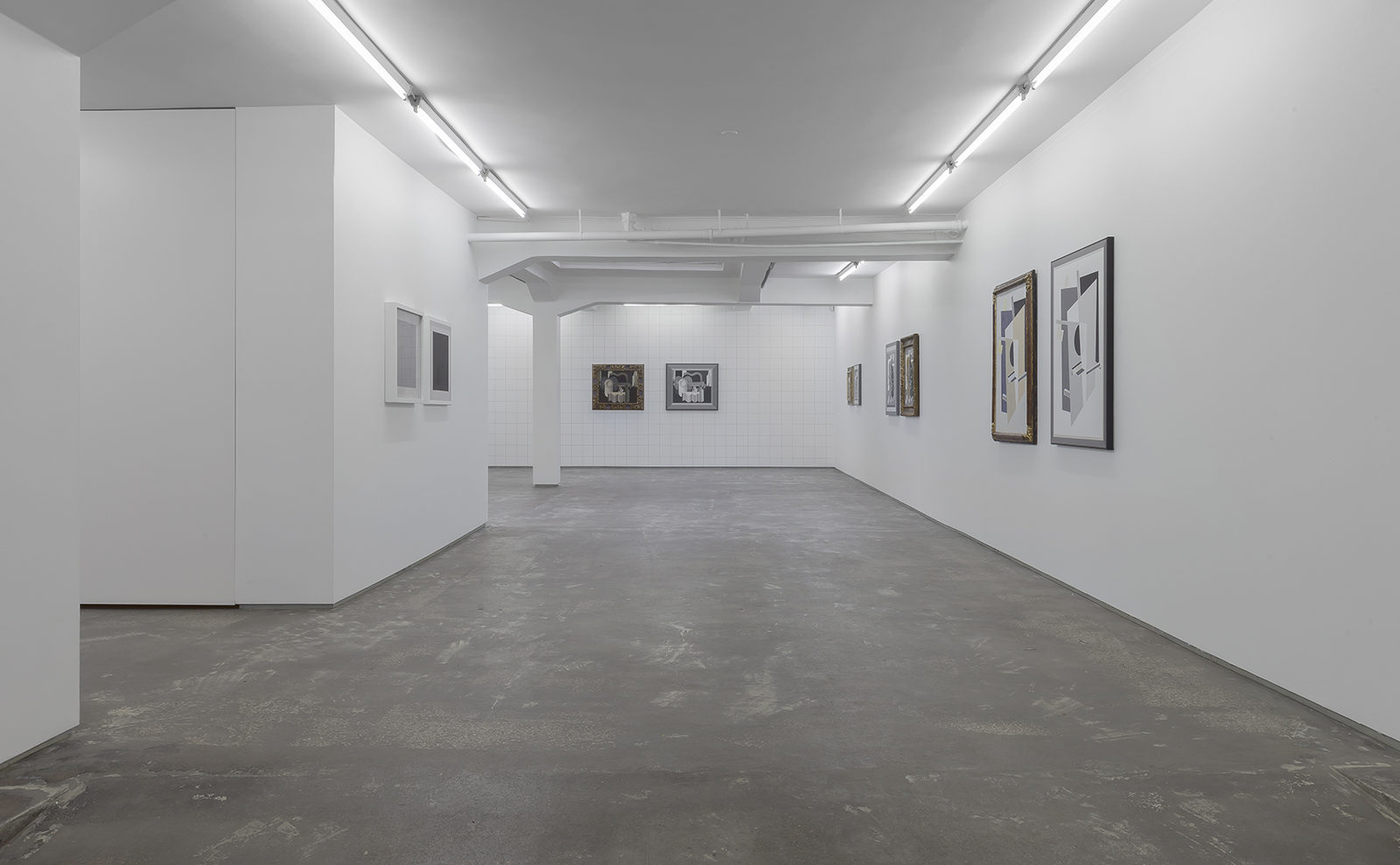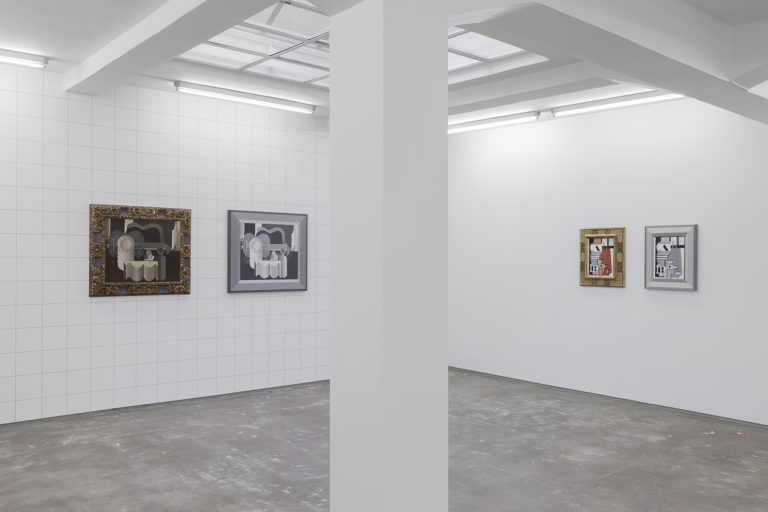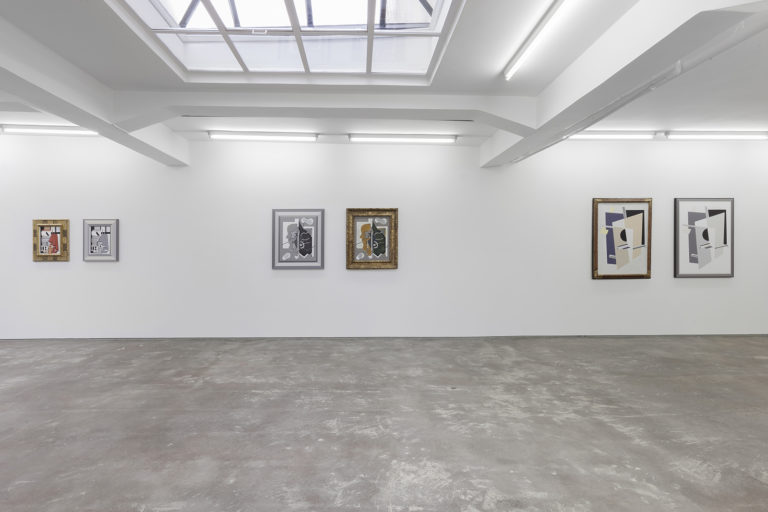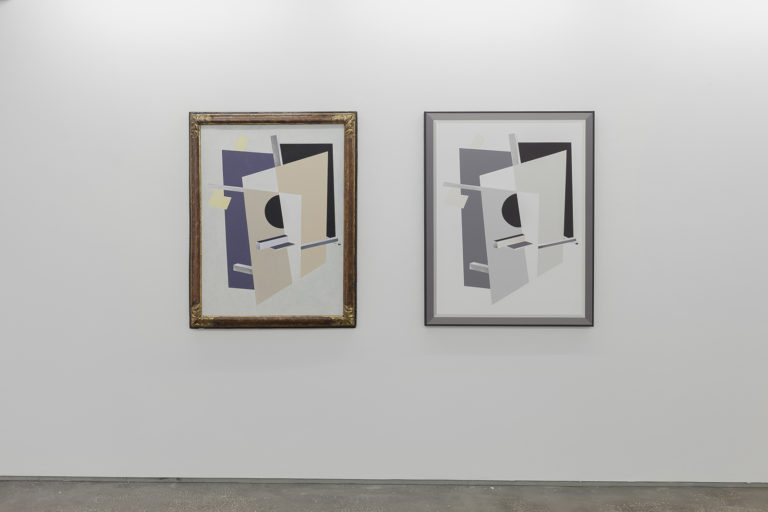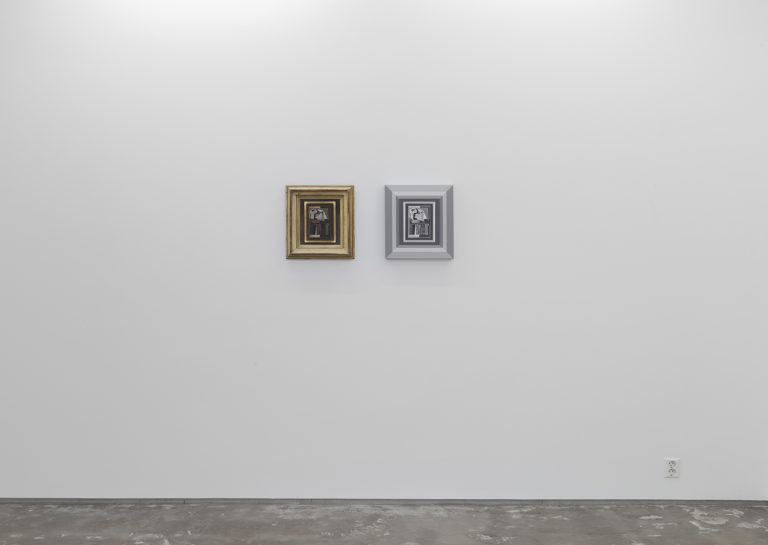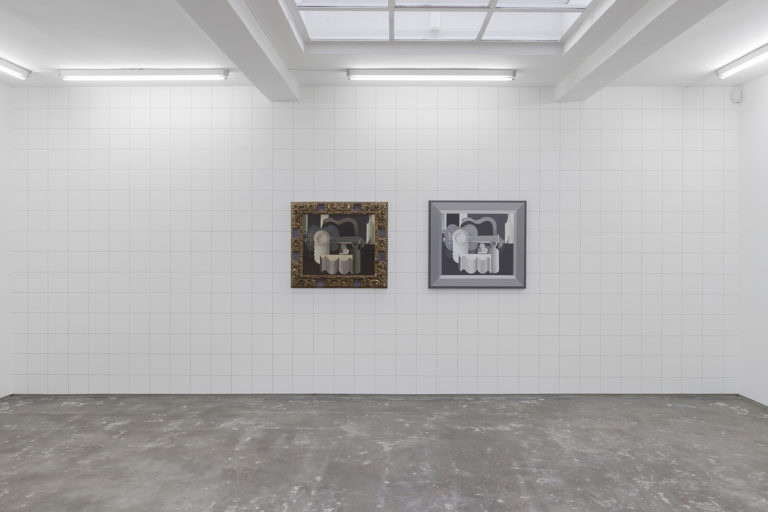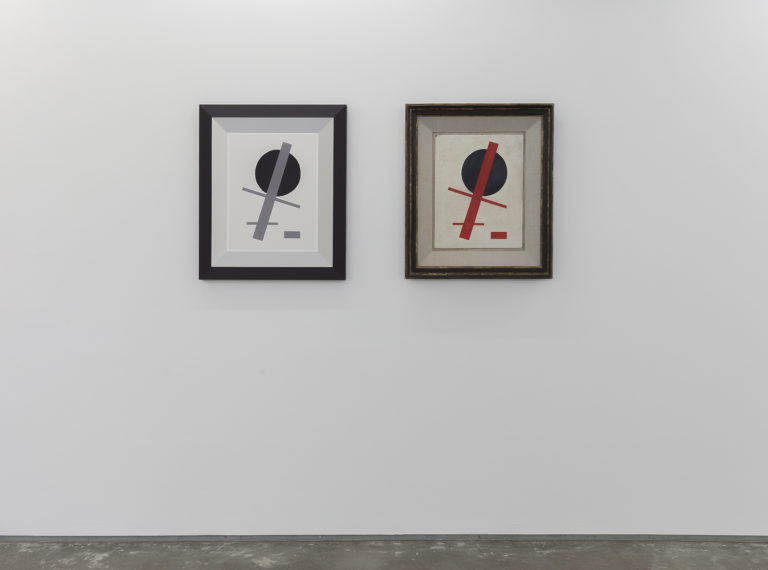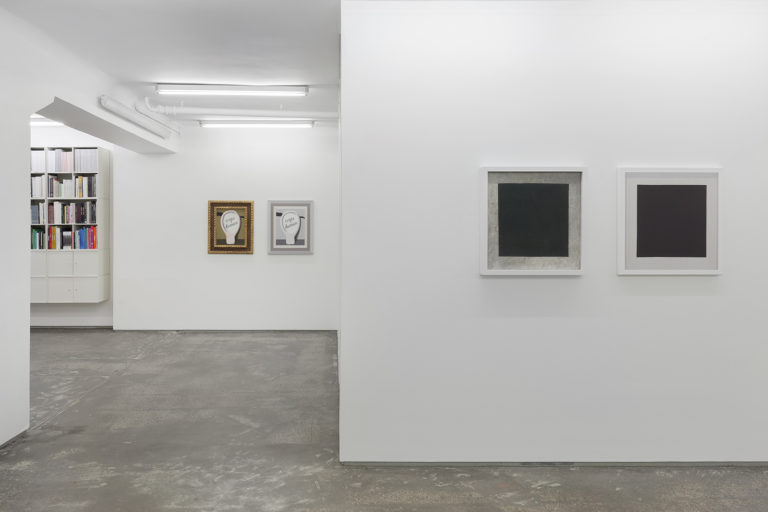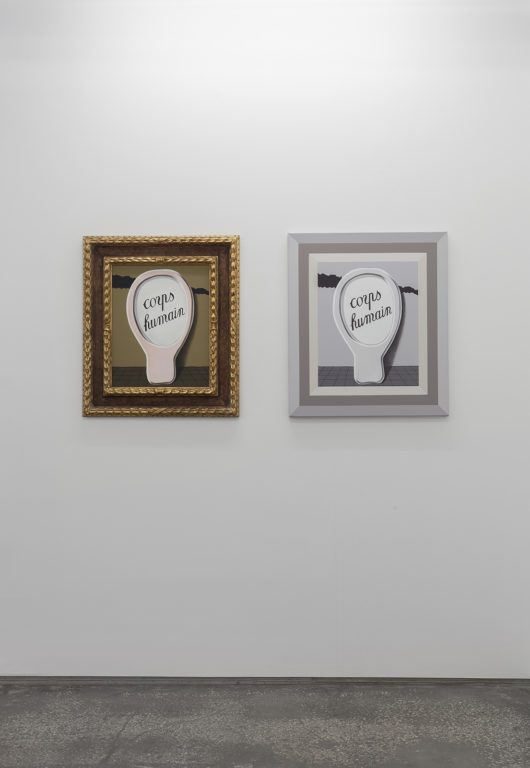OSL contemporary is proud to present the exhibition Originals Grisaille with new works by Norwegian artist Dag Erik Elgin. Originals Grisaille is a continuation of Elgin’s longstanding investigations into the history and the formal and material characteristics of painting and its relationship to representation. His artistic practice displays a strong commitment to the exploration of both the discourse of painting and the material practice of working with the medium.
For this exhibition Elgin has made a selection of nine works from the ongoing project Originals (1986-) in which the artist repaints works by modern masters and presents them in period frames collected over the years. The source works are all from the 1920s, painted by Magritte, Léger, Le Corbusier, Malevich, El Lissitzky and Picasso. In addition, Elgin has repeated each of these Originals in a new series, titled Originals Grisaille, executed entirely in shades of gray in the spectrum between black and white. Paired in diptychs, the distinctiveness of the two bodies of work emerge clearly and, with it, Elgin’s project counters Modernism’s refusal of the study as a valid strategy in painting.
Through the historical filter of grisaille, the new unframed paintings gain a distinctly contemporary feel. Their contemporaneity is enhanced by the gray-toned frames painted in each work as an extension of the pictorial field. Erasing certain qualities, such as color and surface texture that render the Originals “historical”, allows their spatial characteristics to come into focus. In Elgin’s version of El Lissitzky’s Proun Interpenetrating Planes (1919-21) the tension between figure and ground, between the flatness of the even acrylic surface and the sculptural volumes, begs reconsideration of painting’s fundamental properties and achievements.
The process of re-painting creates a certain distance to the original and the weight of the history that surrounds it. Rather than paying homage to works that are widely understood as game changers in the history of visual art, Elgin understands his project as an investigation into “historical empathy.” Re-painting is a way to embody the actual event of the making of a painting and the material experience of going through the motions of making the work, rather than trying to understand it only from the perspective of theoretical analysis.
For Elgin the act of repetition is a complex process of understanding what it means to paint today, by thoroughly metabolizing historic predecessors and not least the theoretical stakes tied to their production and reception. Each work painted marks a negotiation on the part of the artist of, in his own words, “the specific physical qualities of painting, historical analysis and personal production.” All source works, most in international museum collections, are of personal significance to Elgin and his formation as an artist. Consequently the Originals will for now remain in his personal collection La Collection Moderne Oslo. The paintings that constitute Originals Grisaille, on the other hand, will be free to circulate as contemporary objects in the art market and art historical narratives.
